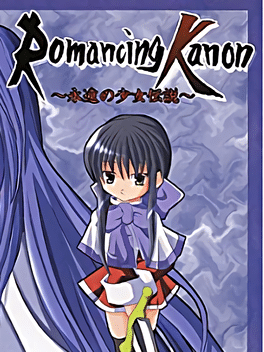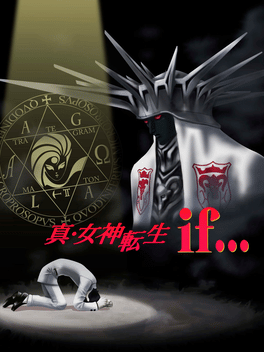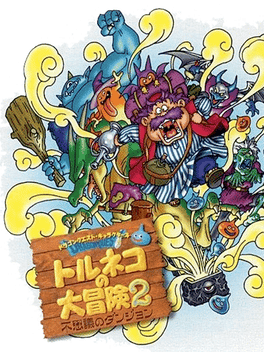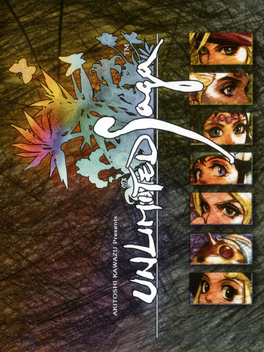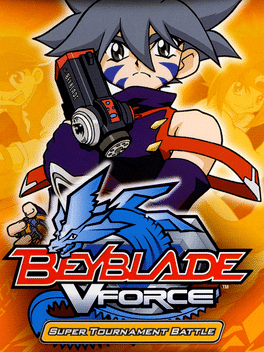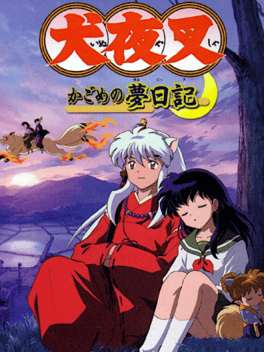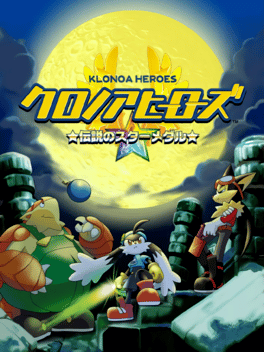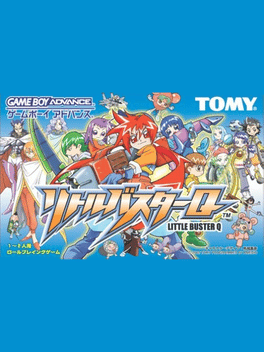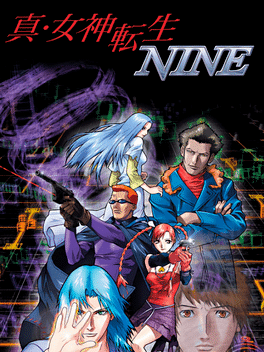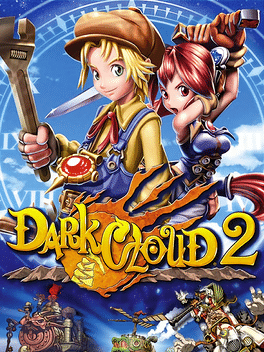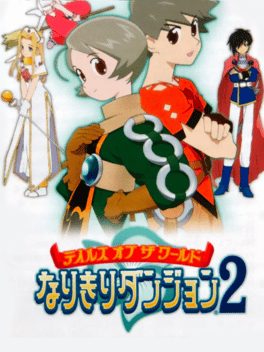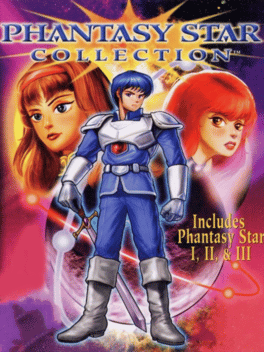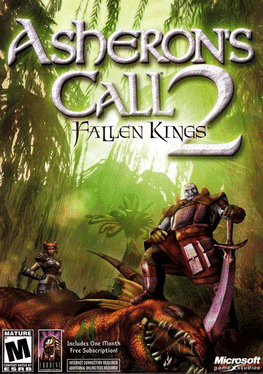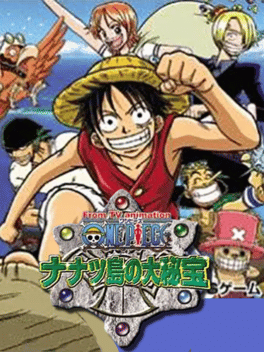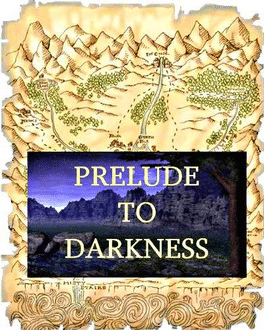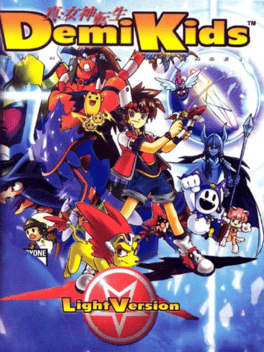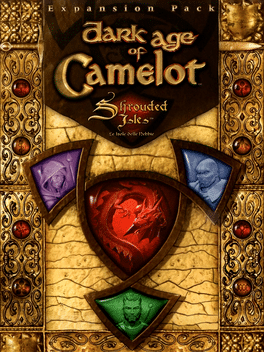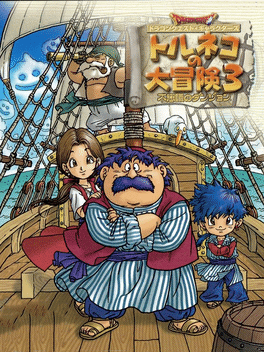New Xbox360 Games - Page 221
-
Romancing Kanon: Eien no Shoujo Densetsu
2002
RPG game released in 2002 in the Japanese comic market. The latest version is 1.5 A. -
Shin Megami Tensei if...
2002
Like the first two entries in the Shin Megami Tensei series, the spin-off with the mysterious title If... got its own remake. As in the other two cases, the graphics of the remade version have been redone from scratch, to match the 2D standard of 32-bit generation consoles. Interior locations are much more detailed, with visible furniture and other items in rooms that were empty or contains just a few objects in the original version. The 3D dungeons can now be navigated with smooth scrolling, unlike the "jumping" navigation of the earlier versions. The remake also has an additional difficulty level, dubbed "normal"; the original difficulty level is called "hard". The easier difficulty level also reduces the amount of random battles. Story, dialogues, layout of locations, and general gameplay remain unchanged in this version. -
Kingdom Hearts Final Mix
2002
star 7.7Originally released only in Japan on December 26, 2002, Kingdom Hearts Final Mix has several events and a number of gameplay tweaks that are not in previous releases. Spoken dialogue is in English, with Japanese subtitles. New scenes, clarifying certain plot points, such as Riku's journey and foreshadowing of Kingdom Hearts II, were included, but no new dialogue was recorded. A gameplay option allows the player to skip cutscenes after seeing them once. The optional bosses first included in the English version were introduced to Japanese players for the first time, along with a new fight against "Unknown Man," in an attempt to raise interest for the sequel. -
Dragon Quest Characters: Torneko no Daibouken 2 Advance
2002
Dragon Quest Characters: Torneko no Daibouken 2 Advance is a Role-Playing game, published by Enix Corporation, which was released in Japan in 2001. -
Unlimited SaGa
2002
Unlimited SaGa
2002
star 4.3"Unlimited SaGa" is a sequel to Square's famous series of non-linear RPGs. Like in the early Romancing Saga games, and in Saga Frontier, you assume the role of eight main characters (selectable at the beginning of the game). The story centers around Laura, a 30-year old widow and an ex-pirate, but you view the story and make it progress differently depending on which character you have chosen, and on the decisions you take throughout the game. Each character is represented by a different kind of flower. "Unlimited SaGa" feels and plays a lot like a classic board RPG. Everything - from disarming traps to hitting the enemy successfully in a battle - depends on the so-called REEL system. You have to stop a spinning slot machine at the right time, in order to perform an action successfully. It is similar to the classic dice system in pen-and-paper RPGs, and to the Judgment Ring system in Shadow Hearts. You can explore the world in a non-linear fashion, visit many optional areas and fight monsters at your will. Some pu -
Beyblade VForce: Super Tournament Battle
2002
Beyblade VForce: Super Tournament Battle is a Beyblade 2002 role-playing video game. The game was released originally on December 19, 2002 in Japan and was later released in the west in 2003. It is based on the Beyblade VForce season. -
Inuyasha: Kagome no Yume Nikki
2002
Inuyasha: Kagome no Yume Nikki is a Role-Playing game, developed by Tomcat System and published by Bandai, which was released in Japan in 2002. -
Klonoa Heroes: Densetsu no Star Medal
2002
This entry in the Klonoa series sees the floppy-eared hero training to become a true hero in a new RPG system. Klonoa Heroes: Densetsu no Star Medal is a spin-off of the Klonoa franchise, released only in Japan on December 13, 2002. Klonoa Heroes was developed by Namco and published by Namco for the Game Boy Advance. Klonoa Heroes is a twist on the traditional Klonoa games, putting Klonoa in a more action role playing game along the lines of Legend of Zelda or Beyond Oasis. The game does have voice acting, as well. Kumiko Watanabe plays Klonoa, Takahiro Sakurai plays Guntz, Shouzou Iizuke plays Pango, and Yutaka Shimaka plays Garlen. Klonoa Heroes' gameplay is very similar to the gameplay of The Legend of Zelda. Players can control one of three characters (Klonoa, Guntz, and Pango) in a top-down perspective, hitting enemies with various attacks (Klonoa with the Wind Ring seen in the platforming games, albeit with a few differences). Guntz uses a handgun, while Pango throws bombs. In addition, these characters can -
NightCaster II: Equinox
2002
A fast-paced action game where you play as either Madelyn, the warrior, or Arran, the hero of the first game. You'll battle hordes of enemies using powerful spells and melee attacks in a dark fantasy world. The game features a unique control system that allows you to move and aim spells independently. -
Little Buster Q
2002
Little Buster Q
2002
Little Buster Q is a Role-Playing game, developed by Amedio and published by Tomy Corporation, which was released in Japan in 2002. -
Shin Megami Tensei: Nine
2002
Shin Megami Tensei: Nine was published by Atlus and released on Xbox, exclusively in Japan, in 2002. Forming part of the Megami Tensei series, Nine takes place in the period of time between Shin Megami Tensei and its sequel, with the survivors of Tokyo's destruction sheltering in underground bunkers. Taking on the role of a debugger, the player navigates the Idea Space virtual world set up by the survivors of Tokyo's destruction, which has come under attack by demonic beings called "noise". The gameplay has the player navigating a customized avatar in third-person through the virtual world of Tokyo, battling enemies using a real-time command-based battle system. Despite its title, it is the eighth game in the Megami Tensei series. The game's title instead refers to the number of possible moral alignments available to players. -
Dark Cloud 2
2002
Dark Cloud 2
2002
star 8.7BUILD your world. INVENT your weapons. CREATE your adventure. Discover a secret binding the past, present and future. A secret where an innocent inventor, a temporal warrior and an ageless evil hold the key. Experience an epic action/RPG adventure that relies on your innovation as much as exploration and fighting reflexes. -
Phantasy Star Collection
2002
Phantasy Star Collection is a compilation of Phantasy Star games that was released on the Game Boy Advance on November 26, 2002 in the United States and in March 2003 in Europe. This version, produced by Digital Eclipse, altered the classic titles in order to function within the Game Boy Advance's resolution. Strangely, the bundle omitted the fan-favorite Phantasy Star IV: The End of the Millennium from its selection of games, only offering Phantasy Star, Phantasy Star II, and Phantasy Star III: Generations of Doom. -
Asheron's Call 2: Fallen Kings
2002
star 8Asheron's Call 2: Fallen Kings is a MMORPG, with a monthly subscription, that was released on November 22, 2002 as a sequel to the original Asheron's Call. The severs for AC2 were first shut down in December 2005 when the game did not have enough subscribers to continue being viable for the company to support. It was announced that the game was going to be relaunched as a beta for those subscribed to Asheron's Call on December 13, 2012. Turbine announced that is would no longer develop MMOs on December 20, 2016 and that it's servers and account system would be transitioned over to a new studio, Standing Stone Games. As Turbine retained the rights for the Asheron's Call IP the game servers for both MMOs will go offline on January 31, 2017. -
One Piece: Nanatsu Shima no Daihihou
2002
From TV Animation One Piece: Nanatsu Shima no Daihihou is an RPG game for Game Boy Advance, based on the animated television show One Piece. This game was released only in Japan in November 15, 2002 by Banpresto. -
Pyrrhic Tales: Prelude to Darkness
2002
Pyrrhic Tales: Prelude to Darkness is a dark, sophisticated fantasy CRPG featuring complex, turn-based tactical combat, 3D graphics, a skill-based character advancement system, and an intricate, involved plot. Prelude thrives on the tradition of true role-playing games, allowing players to craft a diverse team and become a part of a large and intricate world with a rich history, hundreds of non-player characters, and nearly endless paths and subplots. Prelude takes place in a huge river valley, surrounded on all sides by impassable cliffs. The Children of the Flame have been at peace with the People of the River for a thousand years. But something has changed. Ethnic tensions have suddenly escalated, culminating in bursts of terrorists violence. Murders, once rare crimes of passion, have begun occurring at an alarming rate. A plague has started to attack the crops and devastate the once plentiful harvest. The player must unravel the dark mysteries and resolve the conflict threatening to consume The Valley. -
DemiKids: Light Version
2002
The year is 200X. Jin, Akira and Lena are 6th Grade friends who have grown up together. They are also members of the "Mystery Club" which searches for interesting and mysterious things. While snooping around in the school's library, they happen upon a mysterious book containing various spells and incantations. Curiosity overwhelms the group as they decide to carry out a summoning ritual, unprepared for the consequences... To their surprise, an evil demon appears and their only hope comes from a peculiar new student, Amy, who gives Jin and Akira the power to capture and summon demons by the way of the gun-like Demiloc. They are also joined by Rand and Gale, guardian demons sent to protect them. -
Dark Age of Camelot: Shrouded Isles
2002
star 9The first ever retail expansion pack for the Dark Age of Camelot franchise. It extends the story of the original game with new character classes, new races, and three new continents to explore - displayed in an all-new state-of-the-art graphics engine that make it look as advanced as any game on the market. -
Dragon Quest Characters: Torneko no Daibouken 3
2002
Dragon Quest Characters: Torneko no Daibouken 3 Advance - Fushigi no Dungeon is a Role-Playing game, developed by ChunSoft and published by Square Enix, which was released in Japan in 2004.
